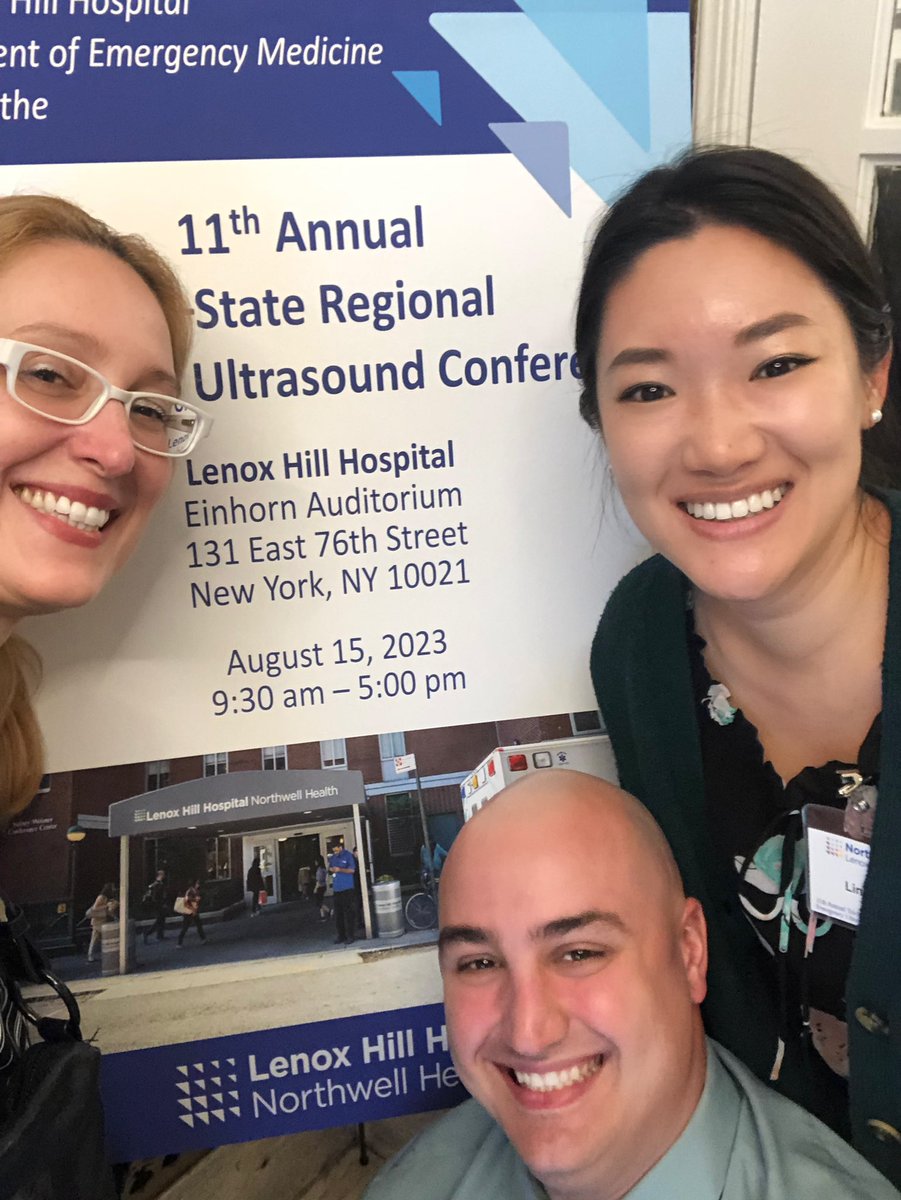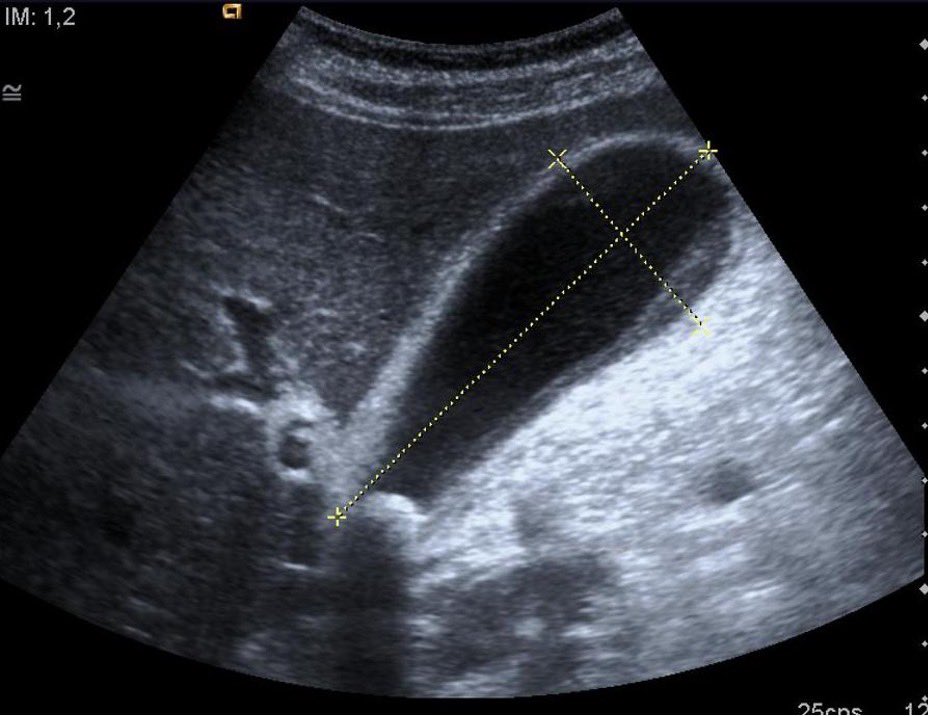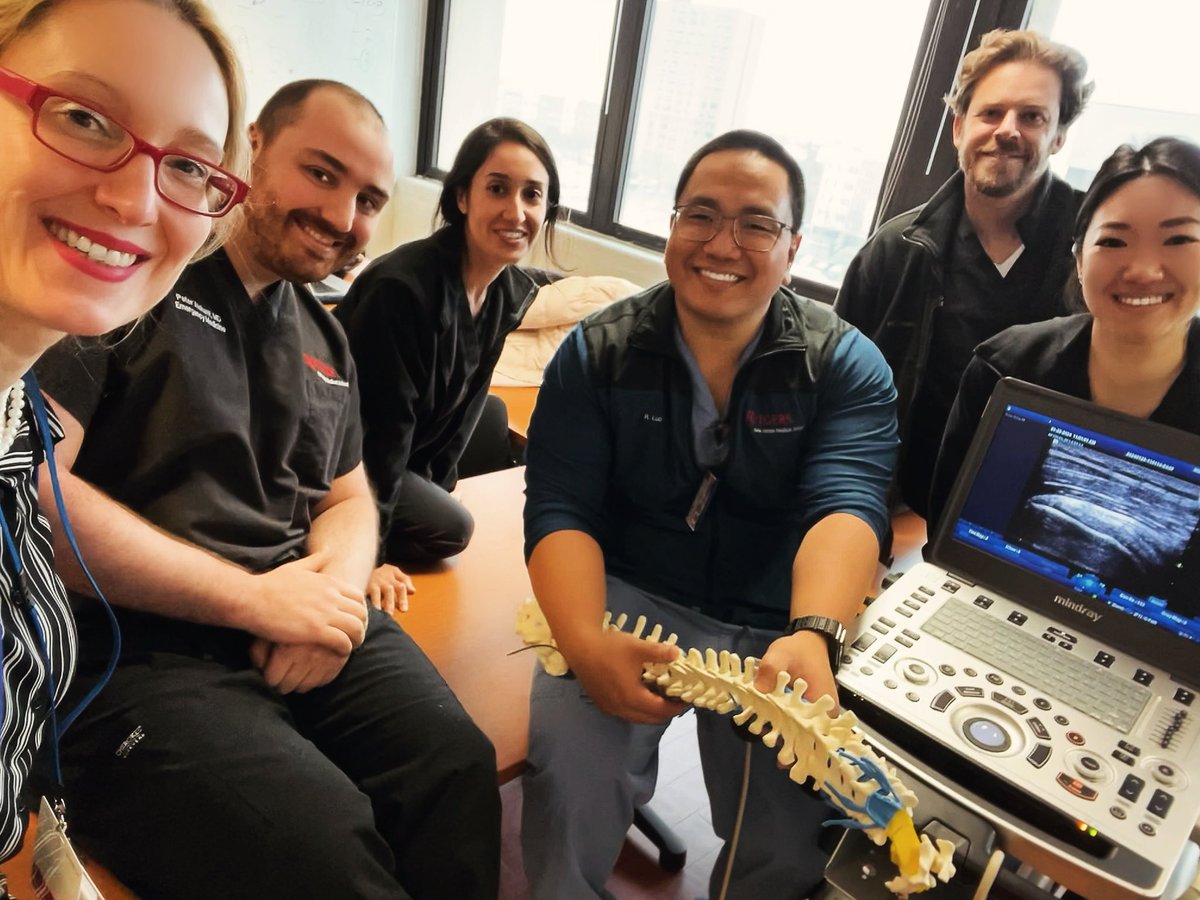
DrMuellerReport
@drmuellerreport
ID: 1494581509961011201
18-02-2022 07:56:28
47 Tweet
12 Followers
23 Following









DO-IT-YOURSELF PHANTOM MODELS for ultrasound guided IV placement: go to tinyurl.com/USPHANTOM for a step-by-step guide created by our resident Peter Alsharif




Rutgers EM attendance at the 11th Annual Tri-State Regional Emergency Ultrasound Conference Lenox Hill Hospital





Hot tips for Ocular POCUS by Ali Cooper - Use cold gel, it has more structural integrity to minimize applied pressure - Brace scanning hand on patient's forehead to minimize pressure to globe - “Ocular” setting is lower energy, minimizes potential damage to corneal epithelium


A POCUS Echo Pearl by Rutgers alum Robert James Adrian The descending aorta can guide effusion identification. Pericardial effusions are anterior to the descending aorta, while left pleural effusions are posterior to it in the parasternal long axis view.











